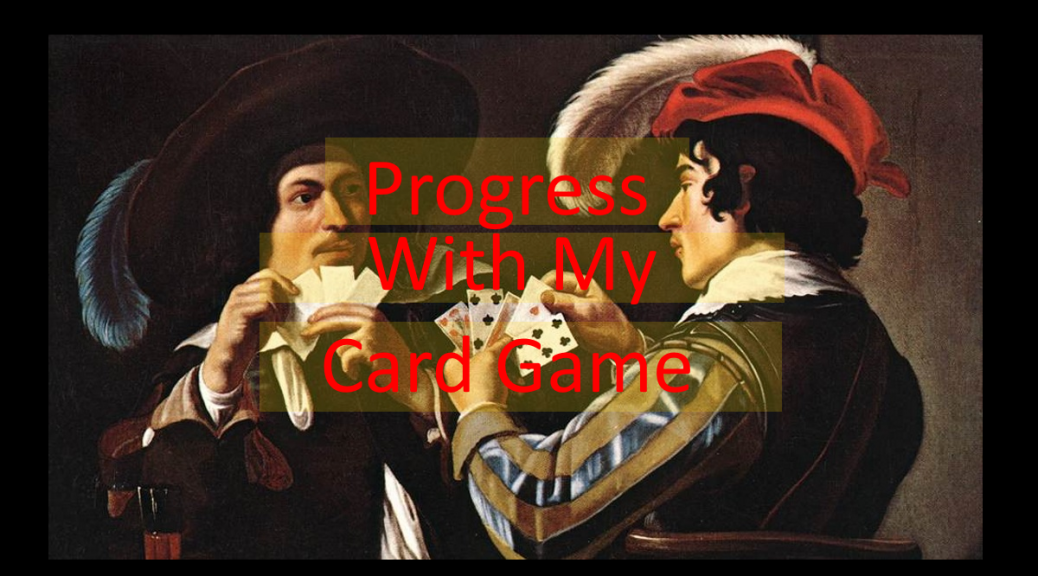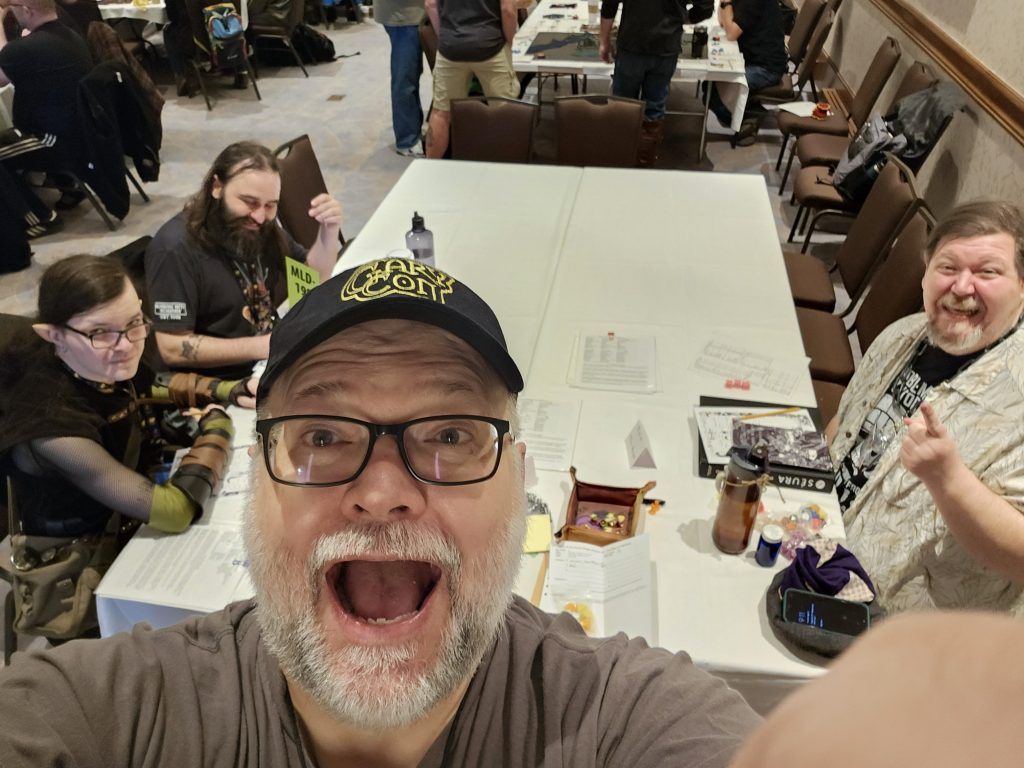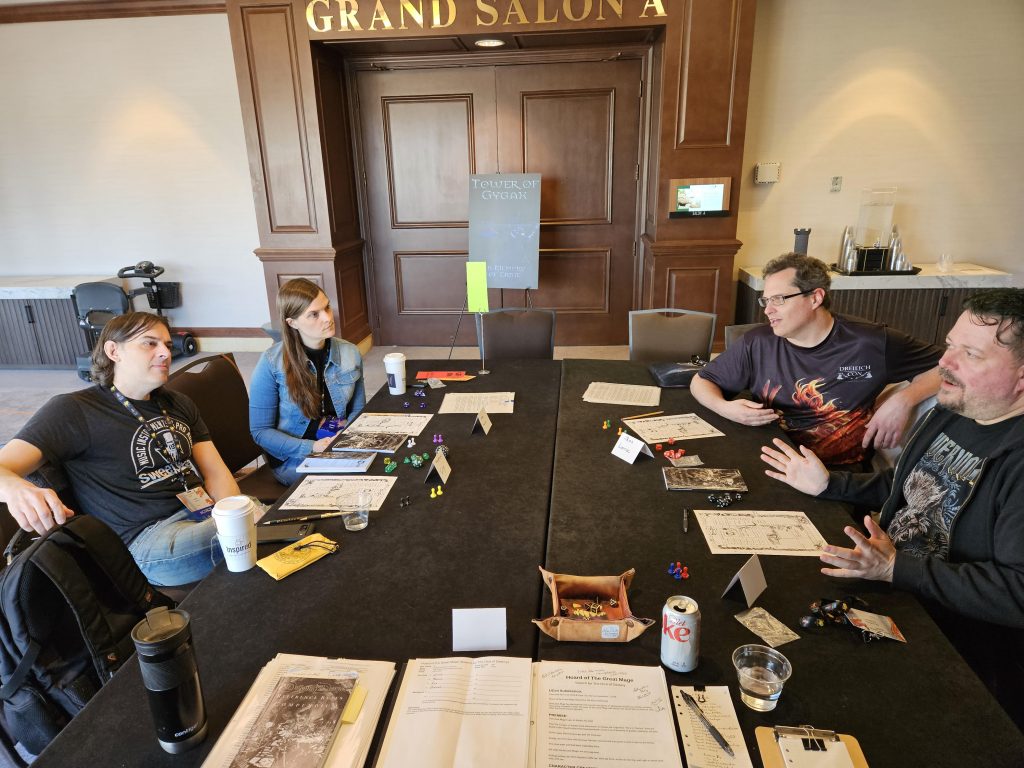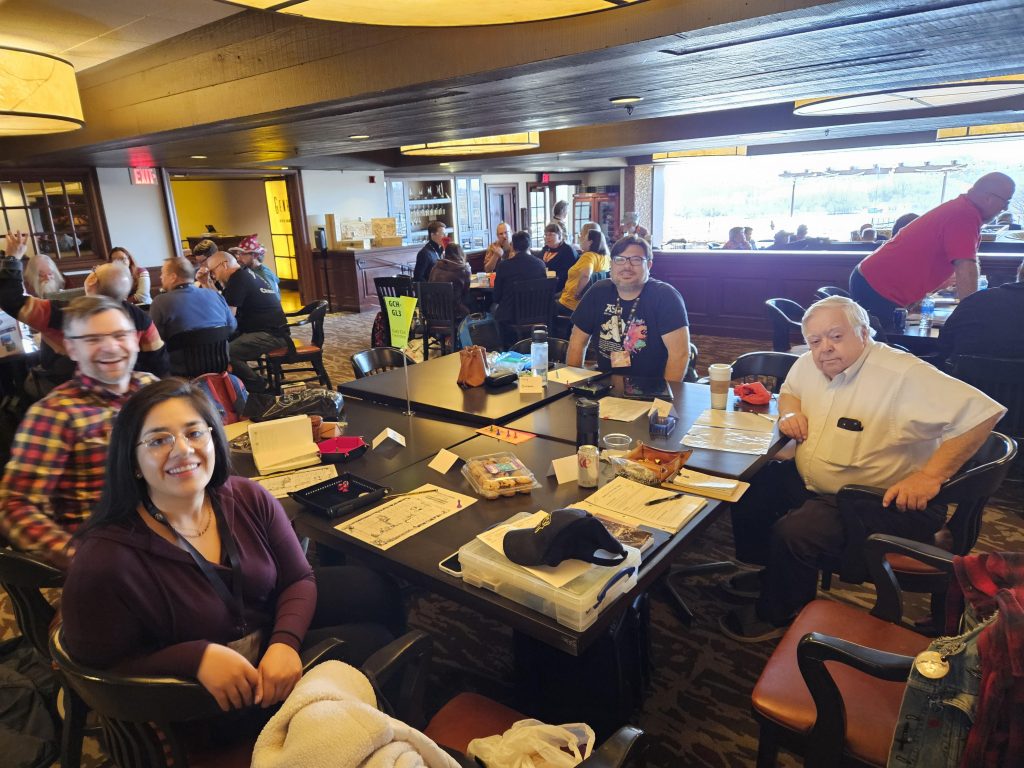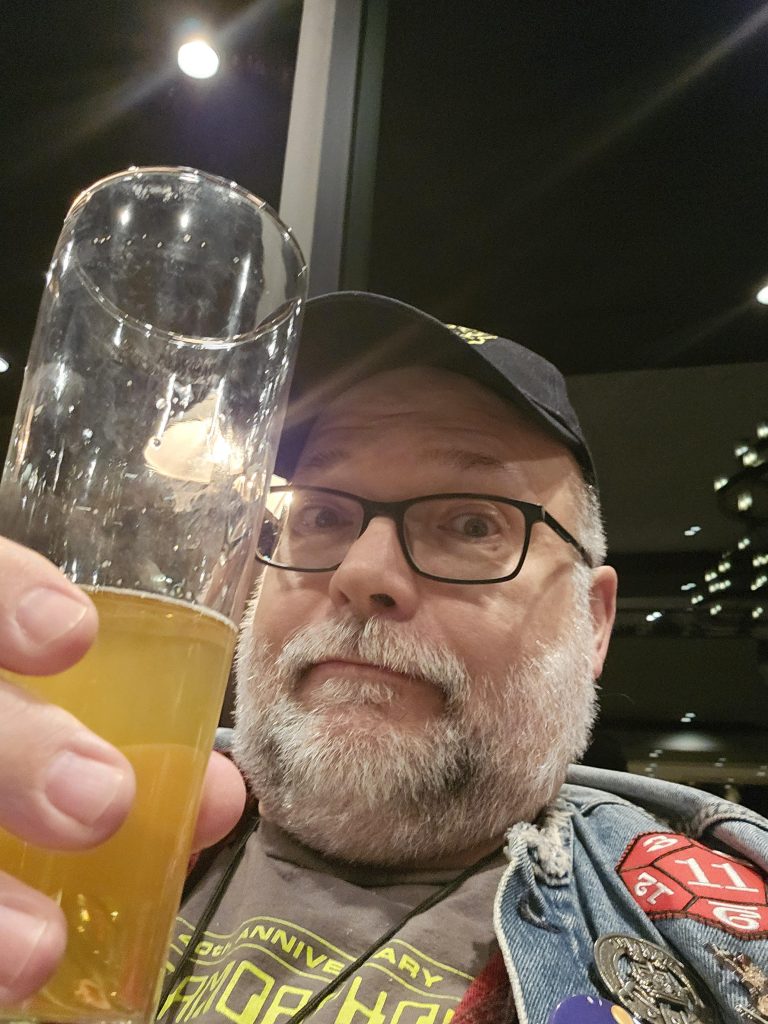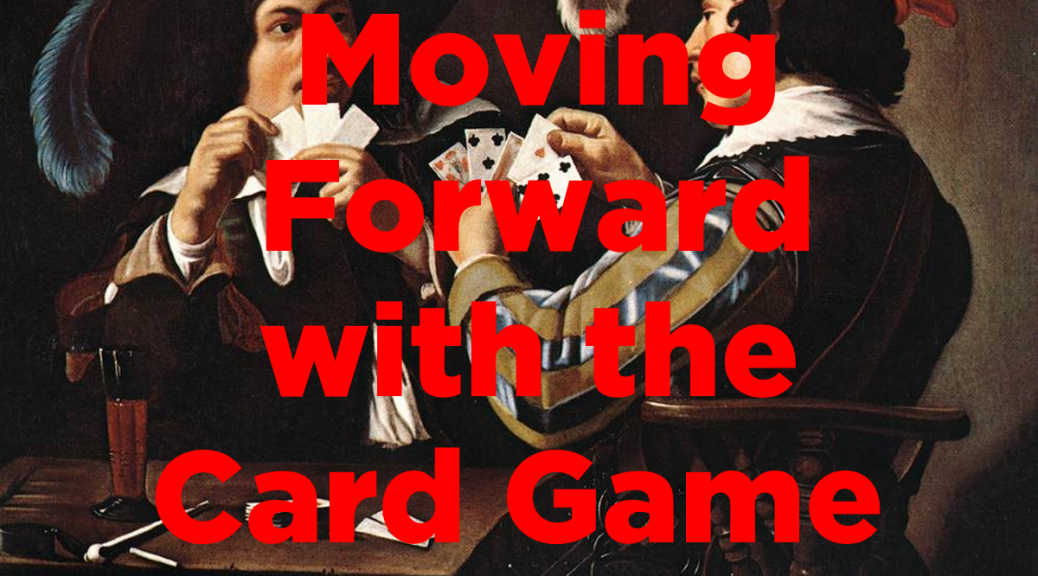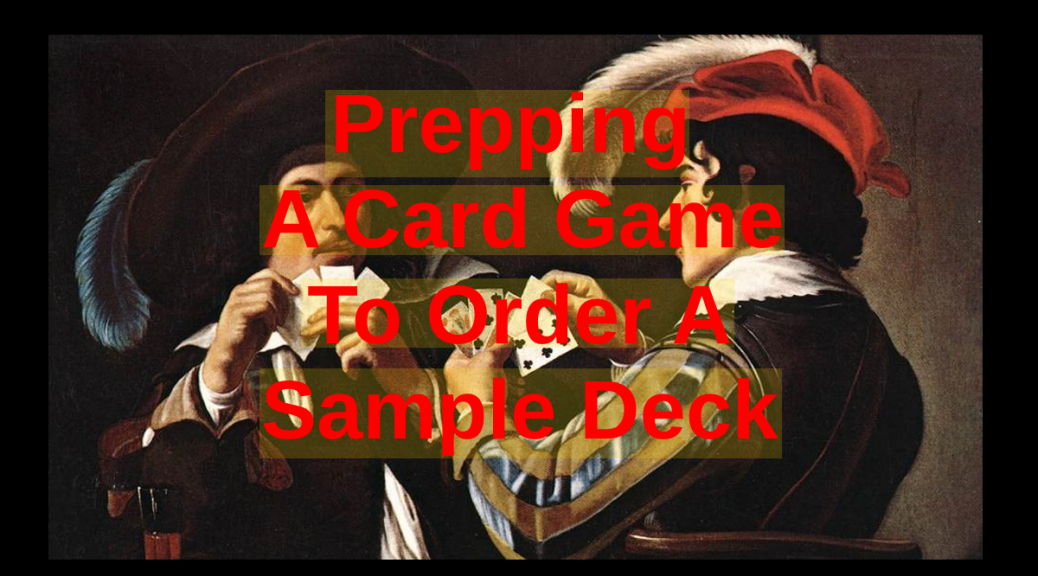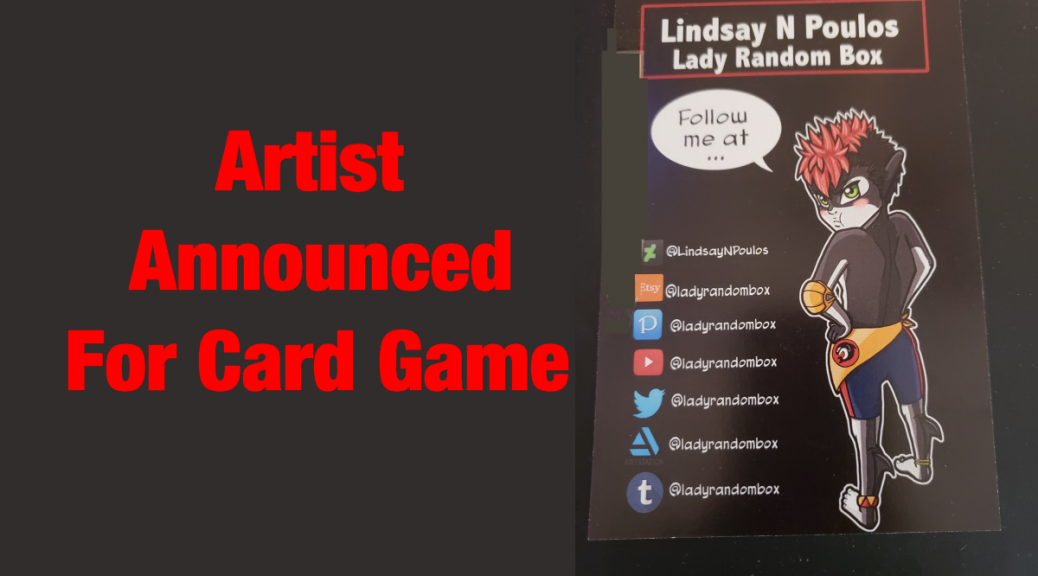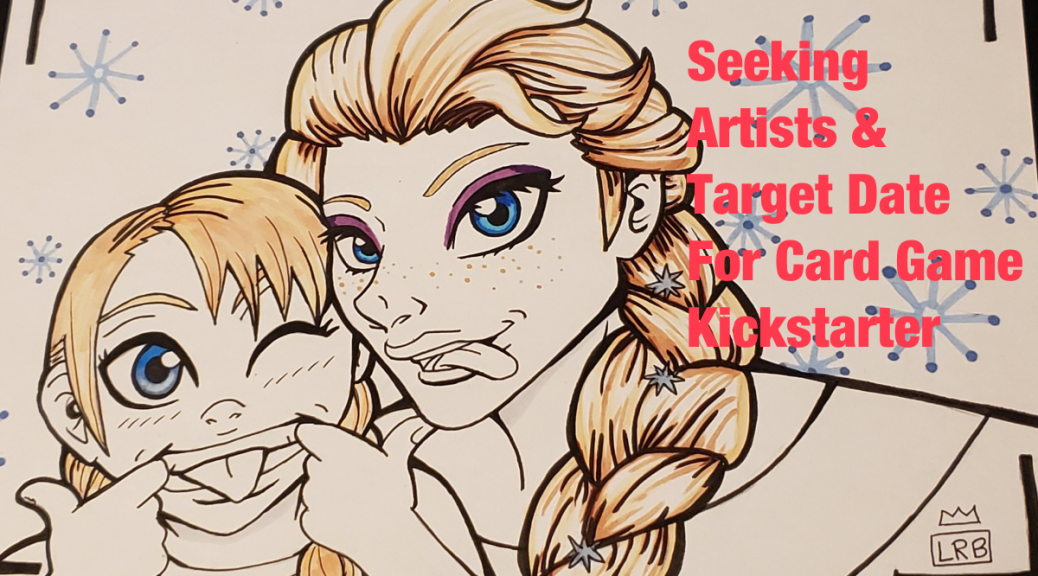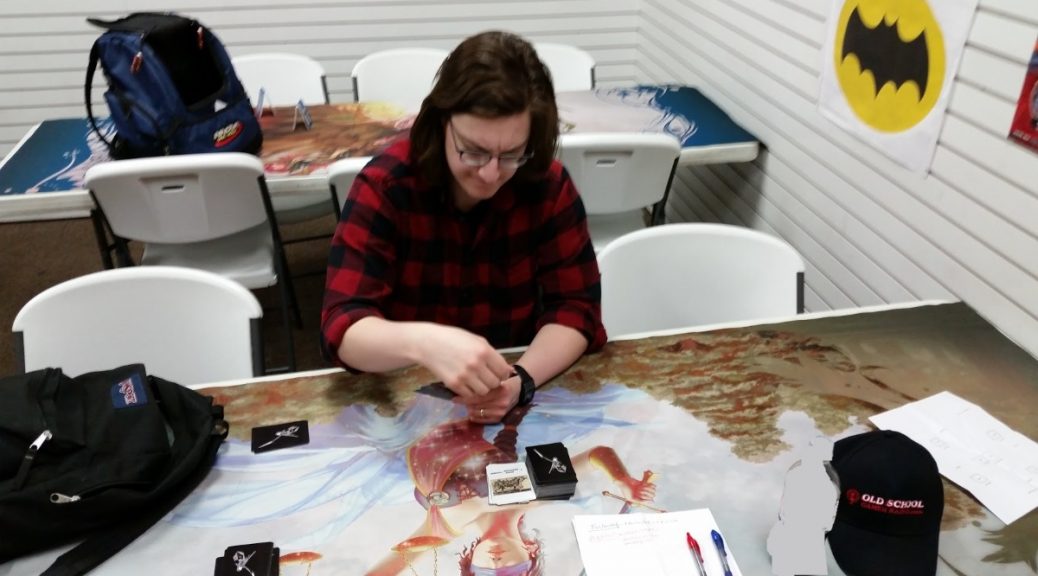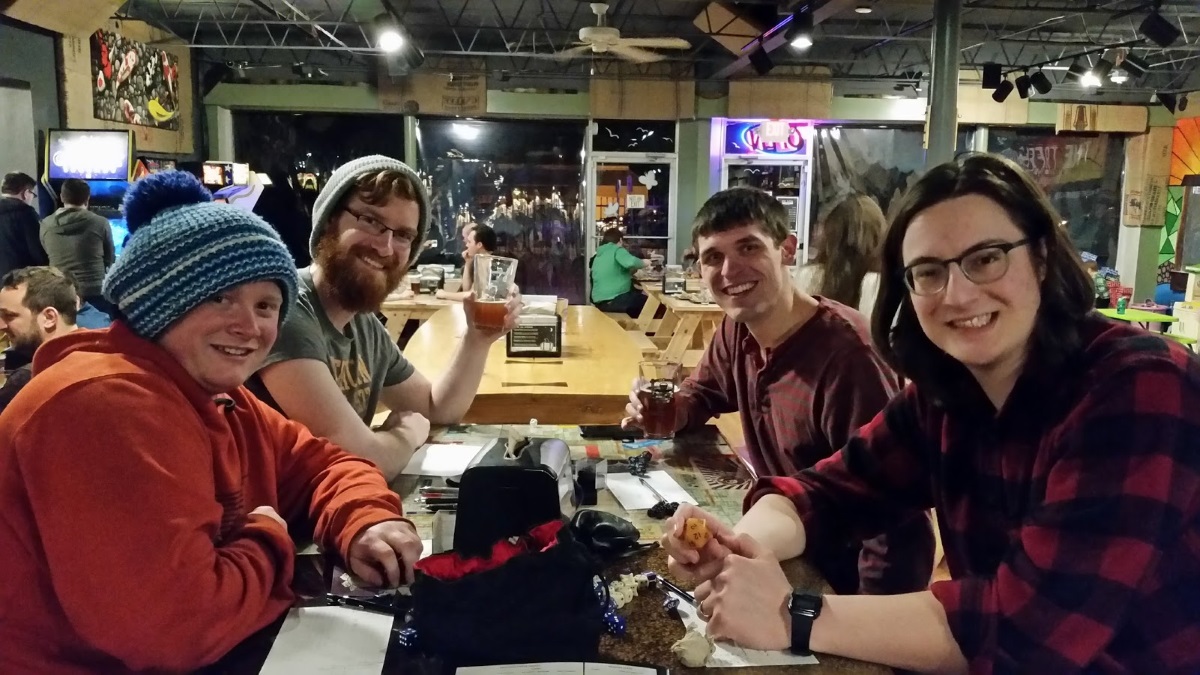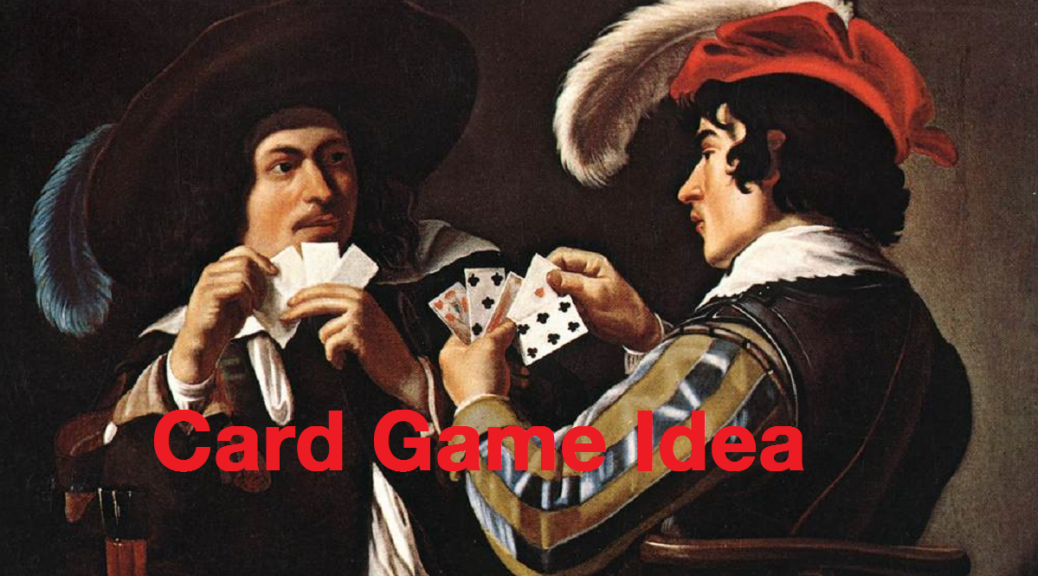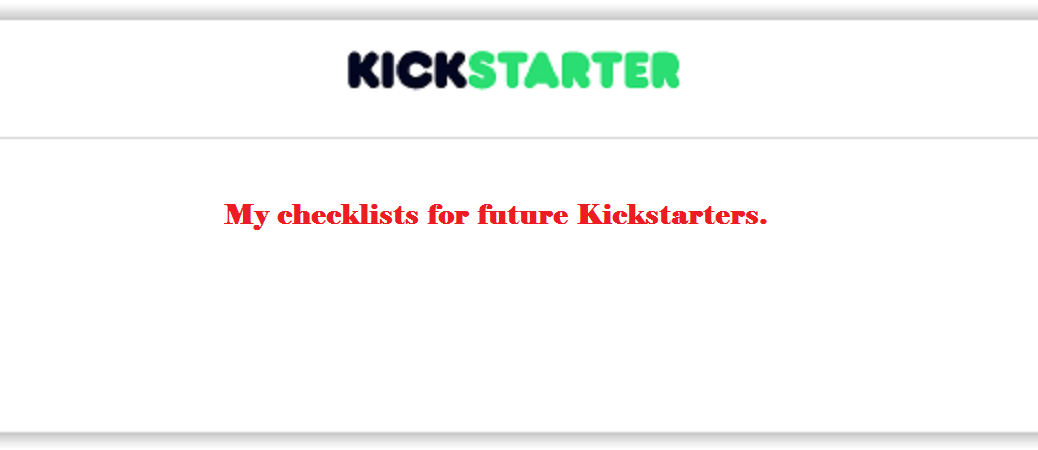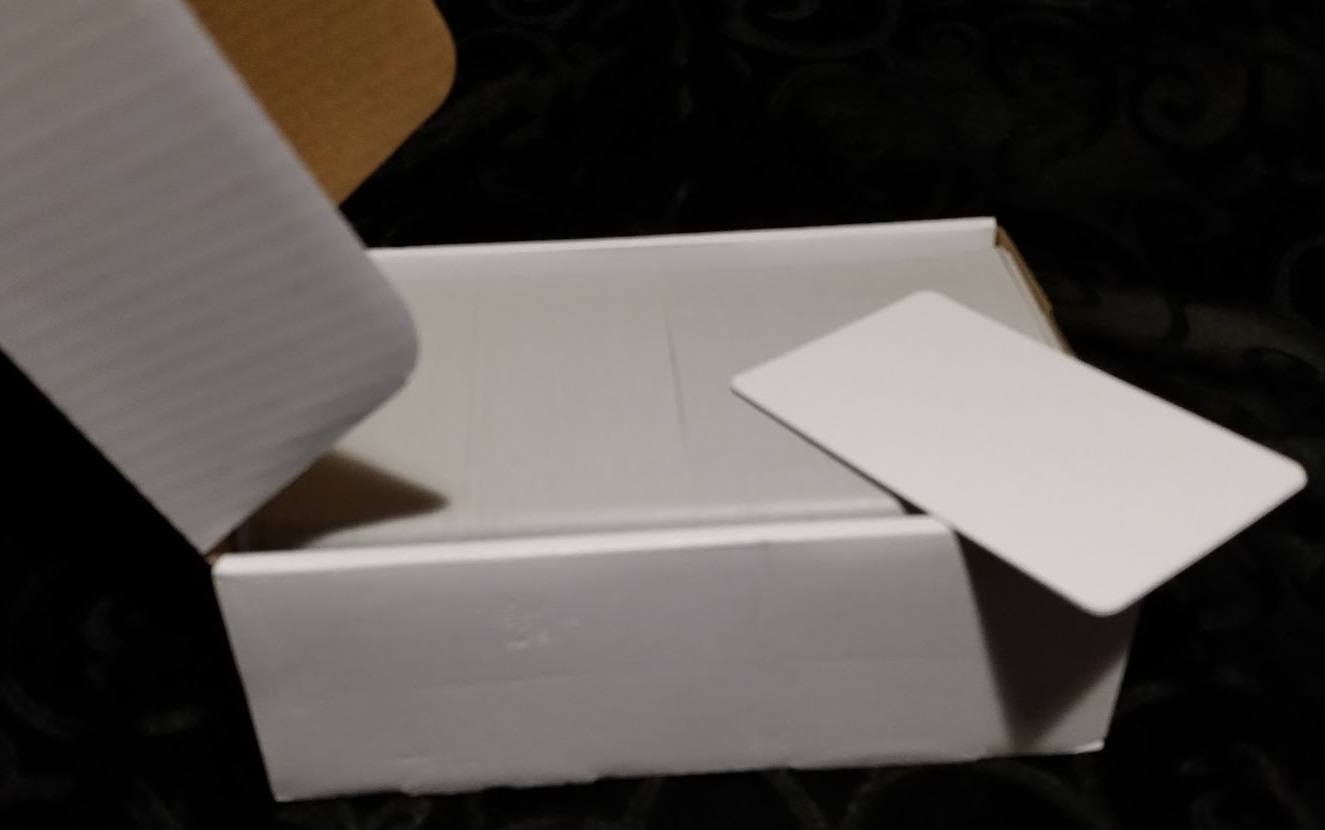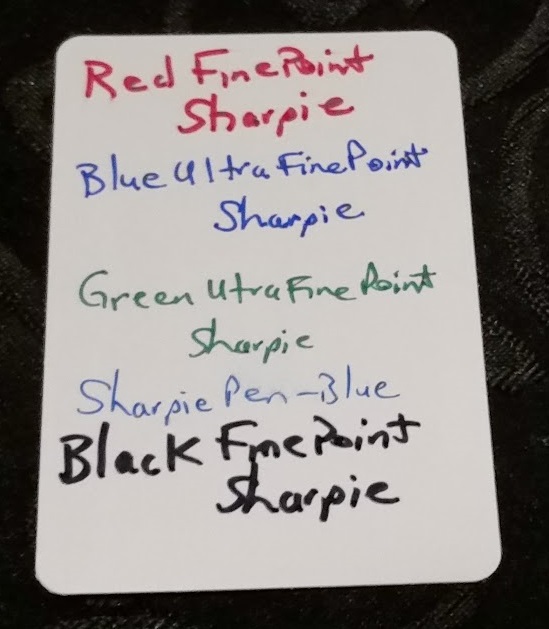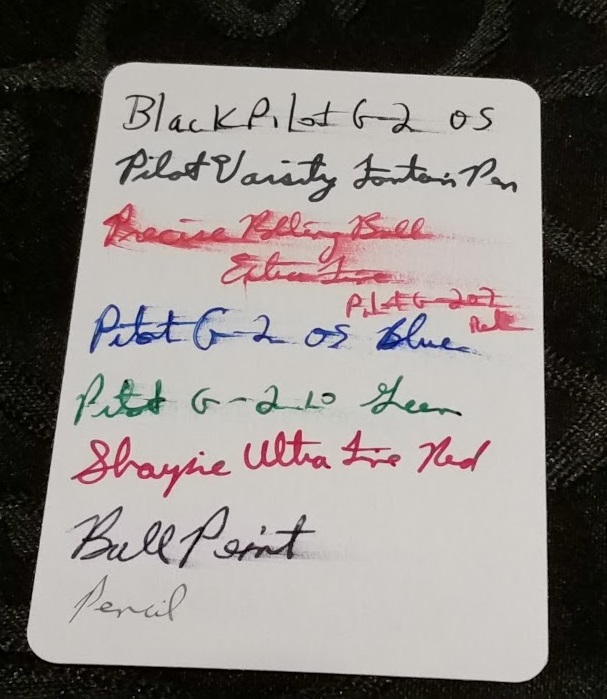The long awaited publication of my card game is nearing the final stretch!
I have contracted with the artist Michael Perrotta for card art that is more in line with the awesome layout and design I received a few months ago.
The plan is for crowdfunding, most likely Kickstarter, to run in the month of October, 2025, with delivery via DriveThruCards in November.
My hope is to have the final game in hand in time for UCon in November, 2025. I will definitely have it in hand for Gary Con 18 in March, 2026. The initial splash of the game was at Gary Con 10 where I brought my rough idea and after three games had workable rules. More playtesting identified rules clarifications and edge cases.
I am so grateful for everyone that has enjoyed my game. To come up with a card game that works and people want to play is the greatest reward of all.
I don’t yet have all the tiers figured out, nor what the cost of a single deck will be for either the Kickstarter or for those who wait until after to get it from DriveThruCards. Shipping will be up to each person.
I plan to have copies of the game with me at the next con I attend closest to completion of publication.
Options For Stretch Goals:
Playtesters are divided on the original art used for the playtest decks. It was either they liked it and though it was good enough, or their first comment was, “You need better art.” So one stretch goal would be to open up the playtest deck with cleaned up art and layout.
Some though that some of my art that I did on the very first playtest deck would be fun for a “Larry’s Art” version of the game. I can make this a stretch goal, and if people really want it, it will happen.
Rules:
The rules will be in PDF and include all those involved in design, art, layout, and all the playtesters and Kickstarter Backers.
I will look into a printer option for the rules.
I plan to have videos showing how the game is played and for responses to questions on the listing at DriveThruCards.
Planning:
I’ve looked into Kickstarter back when I thought it would be quick to do a Kickstarter. I did my own research, and have read most, if not all of what Kevin Crawford, of Sine Nomine Publishing, has shared about how he runs his Kickstarters.
My friend, Ryan Thompson, of Appendix N Entertainment, who has run multiple Kickstarters, some that have fulfilled in 2025. He has graciously agreed to advise me and help me avoid the gotchas.
In my experience backing 111 Kickstarters since 2014, I want to avoid the pain and frustration I have felt from poorly planned, executed, and communicated. I have the rules and layout template done. All that remains is the final art, and final layout of the cards and rules. While the artist works on art, I will work on the final layout for the rules. My goal is to make this Kickstarter a success. If it happens to be a runaway hit, or at least exceed my expectations for funding, I don’t want anything to slow it down.
If you’ve ever worked on a big project, you know that the final stages and “crossing the finish line” are the hardest. That is one reason it has been almost eight years since the initial playtest premiered at Gary Con 10.
Anyone who has offered to help me publicize my Kickstarter, I will be reaching out to take you up on that offer.
Elevator Pitch:
My card game is inspired by situations from RPGs, mostly D&D over the decades I have played it. The game is for 2 to 6 players. Each player builds an army and uses monster or situation cards to “attack” their opponents and improve their forces. The biggest army (most points) wins.
Here’s a sample of the Infantry card:
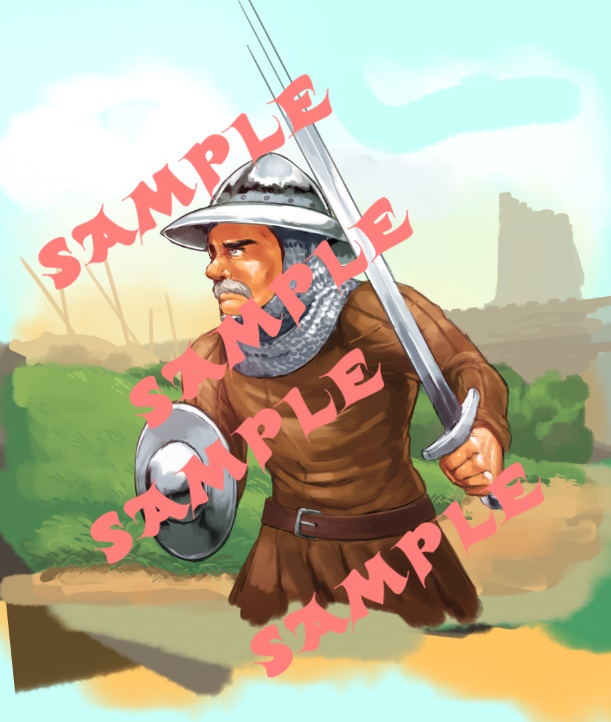
Here’s the layout design with the art used in the playtest decks:
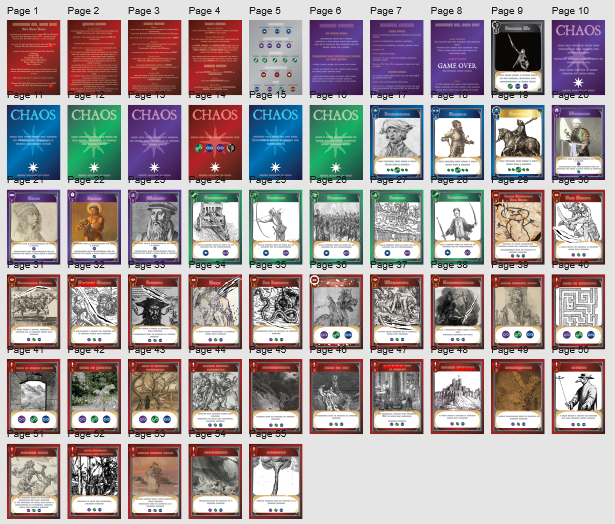
What about other games?
I have ideas for the core of the rules for other themed games that will vary the genre and rules to fit the genre. I have ideas for a western variation, and several others.
Also doing different editions of the original game by different artists might happen if I get enough from this Kickstarter to help fund it.
Some of my ideas may lead to board games.
Of course, I will still continue sharing my RPG ideas and publishing my convention adventures and supplements.
If this Kickstarter is successful and I make enough money to continue with variations, this would be ideal for a side business to pursue in my retirement. I’m crunching the numbers to see if I can retire from my current day job at then end of 2026. If my pension, 401K, and Social Security are enough, then I might actually be able to do it.
That would be the dream, freedom to game and create and no job to use up my energy and creativity. The only drawback would be the number of conventions I could attend.


